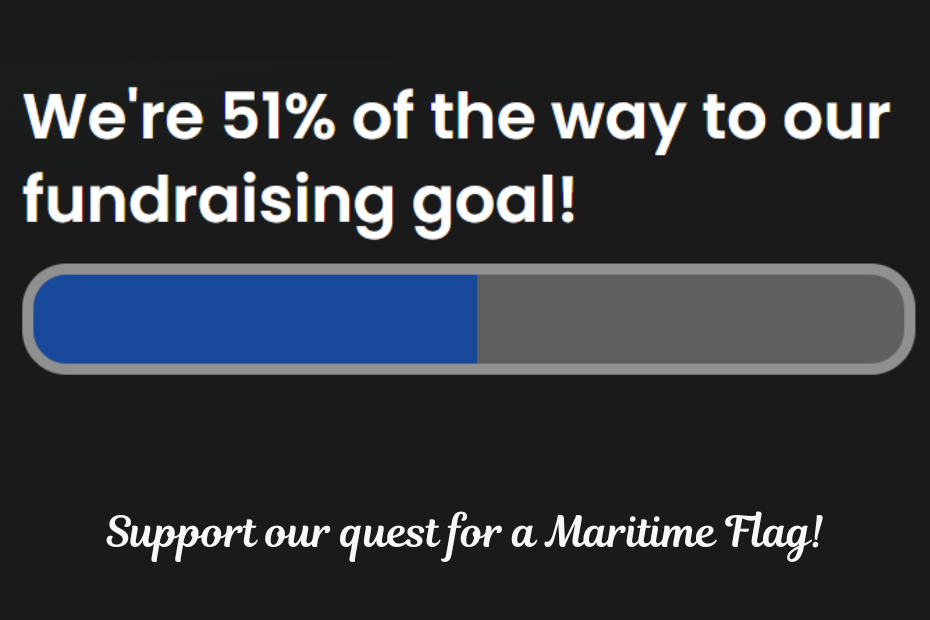New products and innovative ideas have a history of coming from everyday people working at home as hobbyists on their passion projects. Matt Ridley’s 2020 book, How Innovation Works: And Why It Flourishes in Freedom offers hundreds of examples. If you have ever watched the show Shark Tank you will see the tradition carries on.
Pete Abrams, the inventor of Plasticrete, is one of those passionate hobbyists. He has taken only a few engineering classes, but he has a talent for ingenuity and has no problem putting in the hard work. He is a true craftsman, fueled by a passion to build inexpensive, sustainable shelters. With no support or funding from a large company or investor group, he has turned his passion into creating a building material that can be shaped into just about anything.
Pete is motivated to recycle glass and plastic film waste. According to platicrete.net, Pete Abrams’ blog, 50% of all plastics produced each year are single-use. That makes Plasticrete a force for good in cleaning up the environment.
Pete takes a holistic approach to designing floating structures for seasteading. His home designs are like no other providing space for land plants and animals to live mixed with human dwellings. Thus, his Plasticrete homes contribute to the ecosystem both below and above the water. When you create a village of these structures, you have what looks like a series of primitive homes, honeycombed and blended with nature. One design affords a village with a private lagoon at its center, visible only from above.
Plasticrete homes are also easy and inexpensive to repair. Although more testing needs to be done, Plasticrete seems to be an inexpensive and simple process to reuse plastic film waste and create structures or sculptures that have archival value that are strong and resilient and can be shaped and formed into whatever you imagined.
Pete would like to connect with others interested in creating vibrant green regenerative floating ecosystems. People who want to live with others, within the constraints of the planet’s resources. He welcomes collaboration and constructive feedback, especially on design and construction. Connect with him by joining the Brooklyn Seasteading Meetup Group.
Upcoming events:
Learn more at plasticrete.net where you can also watch design concept videos and learn more about Plasticrete.
To learn about other seasteading projects visit our Active Project Page.
If you are not subscribed to the Seasteading Institutes Newsletter, click here to subscribe now.

